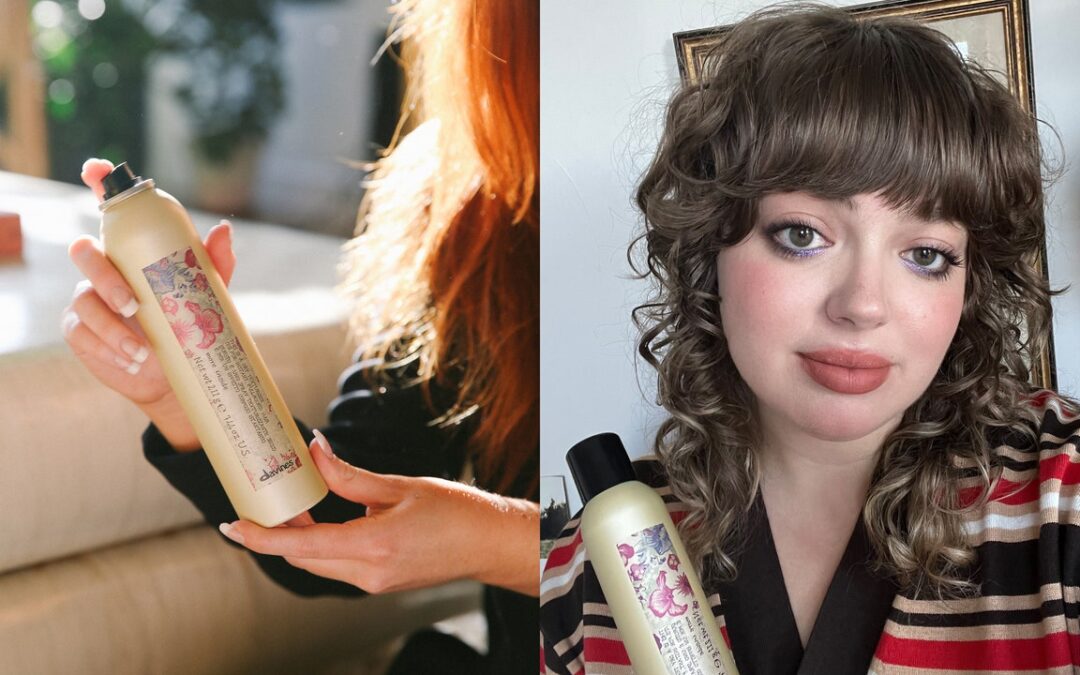The gravity-defying star ingredient in this formula is aluminum starch octenylsuccinate, a natural polymer with high oil-absorption properties. “The modified [tapioca] starch imparts a velvety, soft feel, compared to typical starch or talc powders used in dry shampoos,” notes Kelly Dobos, a cosmetic chemist based in Cincinnati, Ohio.
Dobos also highlighted VP/VA copolymer in the ingredient list. “VP/VA copolymer is what we cosmetic chemists call a fixative and it’s commonly used to provide styling hold,” says Dobos. “Particular grades of this polymer have low adhesion so they can easily be brushed from hair in addition to [containing] sebum absorption properties.” Another ingredient, polyvinylpyrrolidone, also helps with hold but retains glossiness better than the starches frequently found in dry shampoo formulas, Dobos adds.
I have naturally curly hair that isn’t lacking in the volume department (thanks, gene pool) but retains a lot of water while air-drying, so the top layers of my shag haircut aren’t always as fluffy as I’d prefer. I also style my bangs with a flatiron once they’re dry, but sometimes they end up a little too shiny and flat in a way that doesn’t quite match the rest of my hair texture. To make my entire head of hair look cohesive, I often reach for dry shampoo or other styling products to add a bit of grit and muss up the front and top of my hair.
Once my hair is dry and my bangs are set, I lift up small sections of hair and spritz This Is A Dry Texturizer underneath. Then, I gently massage the product into my roots using an upwards motion with my fingertips. I also do my bangs in stages, adding a bit of spray to the underside by flipping them upwards, and then adding a bit to just the top layer so they’re not fully saturated in product. If I’m feeling extra fancy, I’ll turn my entire head over and spray the underside of my hair to get a lifted-from-within effect.
You could definitely douse your head in this spray, shake it out and go, but I prefer the control that working in small sections provides. It also starts out wetter than you’d expect, so use sparingly at first before adding more if you’re not satisfied with your texture once it’s dried down. There is a touch of initial stickiness — par for the course for texturizers — that disappears within a minute.

